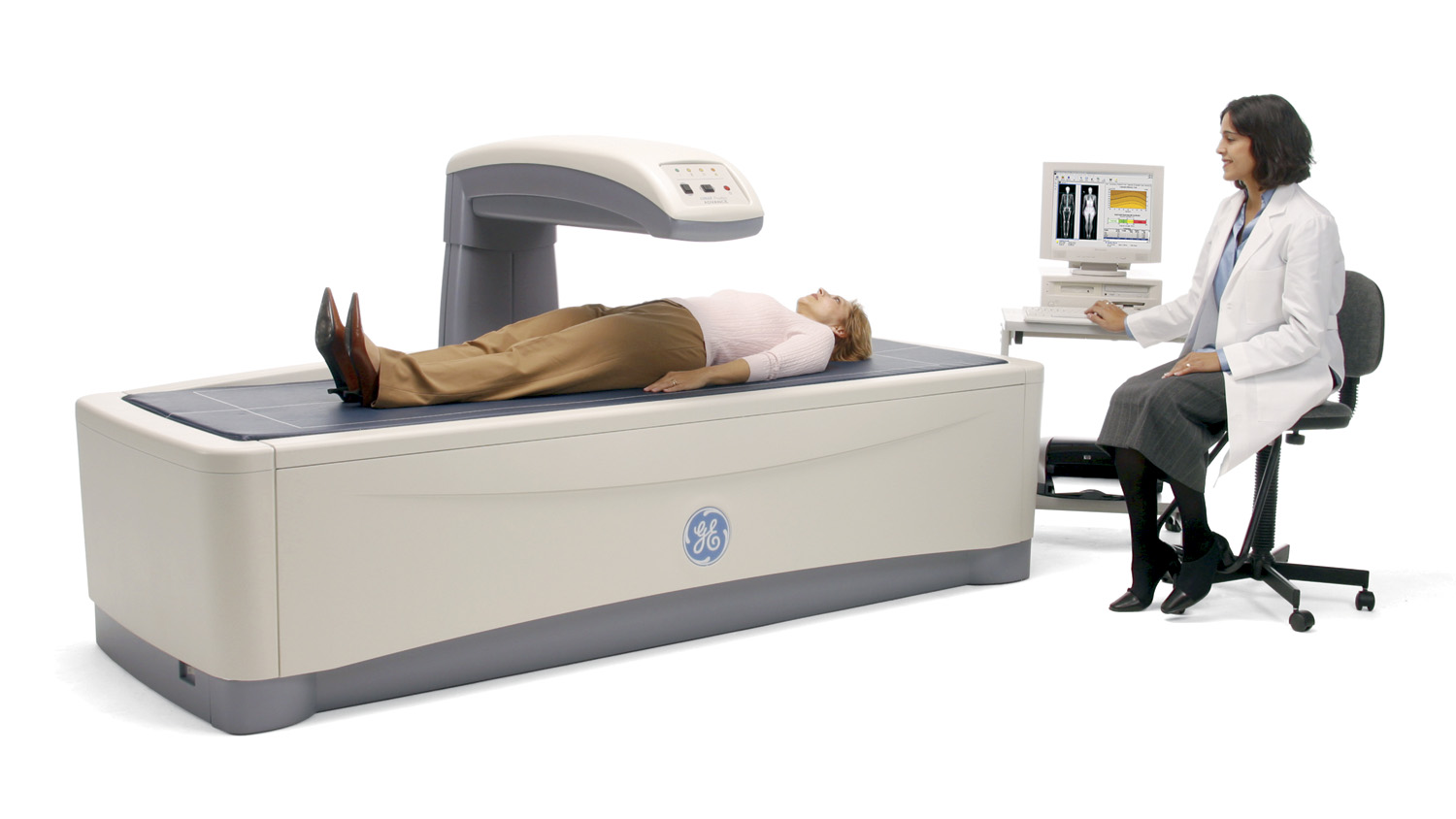Dual-energy X-ray absorptiometry (DEXA) scans are a commonly used diagnostic tool to assess bone density and are particularly valuable in diagnosing and monitoring conditions such as osteoporosis. Let’s break down the key aspects of decoding DEXA scans and understanding bone density assessment:
Principle of DEXA: DEXA uses two X-ray beams, each with different energy levels, to measure the absorption of these beams by bone and soft tissue. The attenuation of the X-ray beams by bone is directly related to bone mineral density (BMD).
Bone Mineral Density (BMD):
BMD is a measure of the amount of mineral (mostly calcium and phosphorus) per unit volume in bone. DEXA measures BMD at various skeletal sites, commonly the spine, hip, and forearm.
T-score and Z-score:
T-score: This score compares an individual’s BMD with that of a healthy young adult of the same sex. It is used in diagnosing osteoporosis.
T-score between +1 and -1: Normal
T-score between -1 and -2.5: Osteopenia (low bone mass)
T-score -2.5 or lower: Osteoporosis
Z-score: This score compares BMD with the average BMD of individuals of the same age, sex, and ethnicity.
Z-score below -2: Lower than expected for age (may indicate secondary causes of bone loss)
Regions of Interest (ROI): DEXA scans typically assess specific regions, including the lumbar spine, femoral neck, and total hip. These regions are prone to fractures and are crucial for diagnosing osteoporosis.
Osteoporosis and Fracture Risk: Osteoporosis is characterized by low bone mass and structural deterioration, leading to an increased risk of fractures. DEXA scans help identify individuals at risk for fractures, allowing for early intervention to prevent bone loss and fractures.
Follow-up and Monitoring: DEXA scans are used for monitoring changes in bone density over time, evaluating the effectiveness of treatment, and adjusting therapeutic approaches accordingly.
Factors Influencing BMD: Various factors, including age, sex, genetics, hormonal status, and lifestyle factors (nutrition, physical activity, smoking), influence BMD.
Clinical Recommendations: DEXA screening is recommended for postmenopausal women and older men with risk factors for fractures. The frequency of DEXA scans depends on individual risk factors and initial findings. Understanding DEXA scan results requires collaboration between patients and healthcare providers to interpret the findings in the context of overall health and risk factors. Regular assessments help in early detection and effective management of bone-related conditions.

